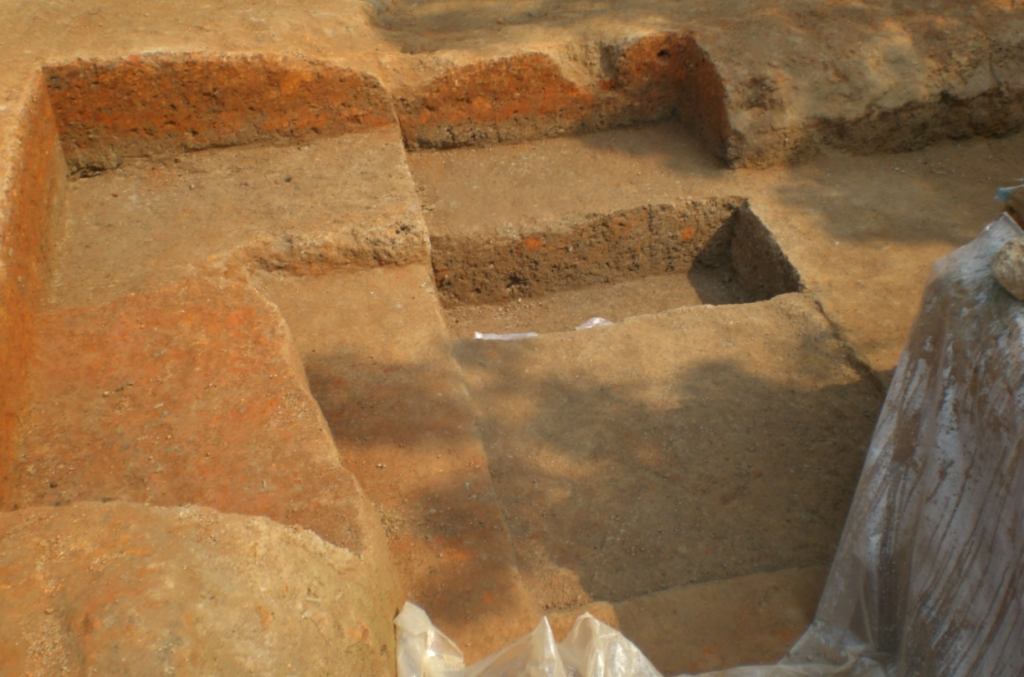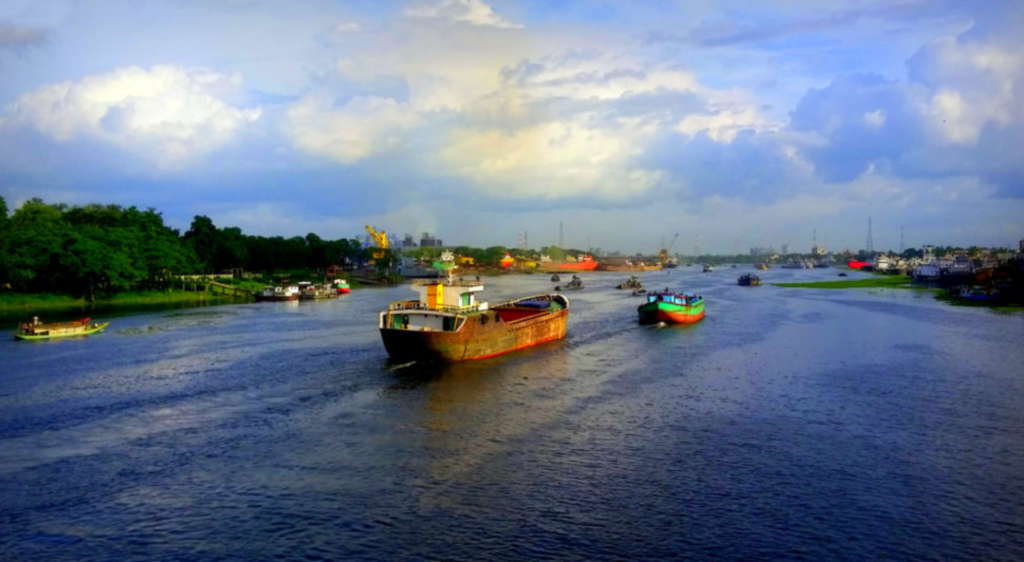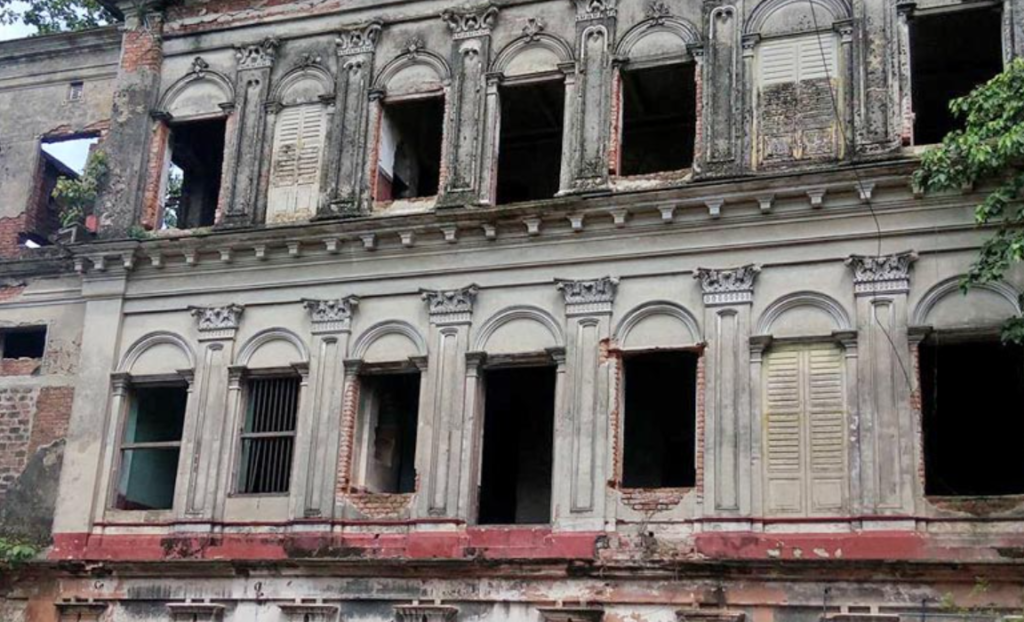Narsingdi, a district located just 50 kilometers northeast of Dhaka, is a fascinating destination with a unique combination of historical depth, cultural vibrancy, and industrial prominence. Known as the “Manchester of Bangladesh” for its flourishing textile industry, Narsingdi captivates visitors with its rich heritage, scenic landscapes, and bustling economy.
Historical Significance of Narsingdi
The name “Narsingdi” has intriguing roots tied to the Hindu deity Narasingha. This district, steeped in history, has been a witness to the evolution of Bengal’s culture and economy. From ancient trade routes to Mughal influences, Narsingdi has remained a hub of activity for centuries.
One of the most prominent historical sites in the district is the Wari-Bateshwar ruins, which date back over 2,500 years. These archaeological treasures provide evidence of an early urban civilization, trade relations with Southeast Asia, and a sophisticated lifestyle during the pre-Mauryan period. The discovery of silver punch-marked coins, beads, and fortifications has sparked interest among historians and tourists alike.
Administrative and Geographical Overview
Narsingdi is divided into six upazilas, each offering its own unique charm:
- Narsingdi Sadar: The administrative and cultural hub of the district, home to vibrant markets and urban amenities.
- Palash: Known for its industrial landscape, including the massive Ghorashal Fertilizer Factory.
- Belabo: Famous for the ancient Wari-Bateshwar ruins and its serene rural environment.
- Raipura: A major agricultural region, crisscrossed by rivers and dotted with traditional fishing communities.
- Monohardi: Renowned for its lush greenery and traditional agricultural practices.
- Shibpur: A blend of historical sites and modern educational institutions.
Key Attractions in Narsingdi
1. Wari-Bateshwar Ruins

The Wari-Bateshwar site is a historian’s dream, revealing evidence of urban planning, ancient fortifications, and maritime trade routes. It’s believed to be part of the ancient Gangaridai civilization mentioned by Greek travelers.
2. Ghorashal Fertilizer Factory

As the largest fertilizer factory in Bangladesh, this industrial marvel represents the district’s economic significance. Visitors are often amazed by its scale and the role it plays in supporting the nation’s agriculture.
3. Meghna and Shitalakshya Rivers

Shitalakshya Rivers
The rivers Meghna and Shitalakshya add natural beauty to Narsingdi. They serve as vital transportation routes and offer picturesque views. Boat rides along these rivers are a popular activity for locals and tourists.
4. Traditional Weaving Villages
Narsingdi is synonymous with the production of exquisite textiles. Villages like Shekherchar and Madhobdi are famous for their handwoven saris and traditional muslin production. Watching the artisans at work is a testament to their craftsmanship and dedication.
5. Balapur Zamindar Bari

This historical mansion is a relic of the colonial era, showcasing intricate architectural details and the opulence of Bengal’s zamindars. It stands as a testament to the district’s rich cultural past.
6. Bhelanagar Botanical Garden
A hidden gem for nature lovers, this botanical garden is a serene spot filled with vibrant flora. It’s an excellent place for picnics and relaxation amidst greenery.
Culture and Traditions of Narsingdi
Narsingdi’s culture is deeply rooted in its history and agrarian lifestyle. Traditional folk music, including Baul songs, resonates in the villages, reflecting the philosophical and spiritual essence of rural Bengal. Festivals like Pahela Baishakh, Durga Puja, and Eid are celebrated with much fervor.
Local cuisine is another highlight, with dishes featuring fresh fish, lentils, and rice dominating the menus. Sweet treats like Pithas (traditional cakes) are especially popular during the winter months.
Economic Powerhouse: The Textile Industry
Narsingdi’s moniker as the “Manchester of Bangladesh” is well-earned, thanks to its thriving textile sector. The district is home to numerous textile mills, factories, and handloom centers producing high-quality fabrics. These products are exported worldwide, showcasing the district’s contribution to the national economy.
Agriculture is another key sector, with crops like jute, rice, and vegetables cultivated in abundance. The fertile land, nourished by the Meghna and Shitalakshya rivers, supports a thriving farming community.
Famous Personalities from Narsingdi
- Kazi Motahar Hossain: A renowned scientist, educationist, and writer who contributed significantly to Bengali literature and education.
- Dr. Mohammad Yousuf: An eminent figure in the field of medical science and public health.
How to Reach Narsingdi
Narsingdi is conveniently connected to Dhaka and other major cities via road and rail.
- By Bus: Regular buses operate from Dhaka, with a journey time of approximately 1–2 hours.
- By Train: Trains from Dhaka to Narsingdi offer a scenic and comfortable travel option.
- By Car: The district is just an hour’s drive from Dhaka, making it a perfect weekend getaway.
Why Visit Narsingdi?
Whether you’re a history enthusiast, a nature lover, or a business traveler, Narsingdi has something for everyone. Explore ancient ruins, witness the skill of traditional weavers, enjoy the tranquility of riverine landscapes, or dive into the district’s industrial dynamism.
Conclusion
Narsingdi is more than just an industrial hub; it’s a district that bridges the past with the present, offering visitors a chance to experience the essence of Bangladesh’s heritage and progress. Plan a visit to Narsingdi to discover its hidden treasures and immerse yourself in its vibrant culture.



